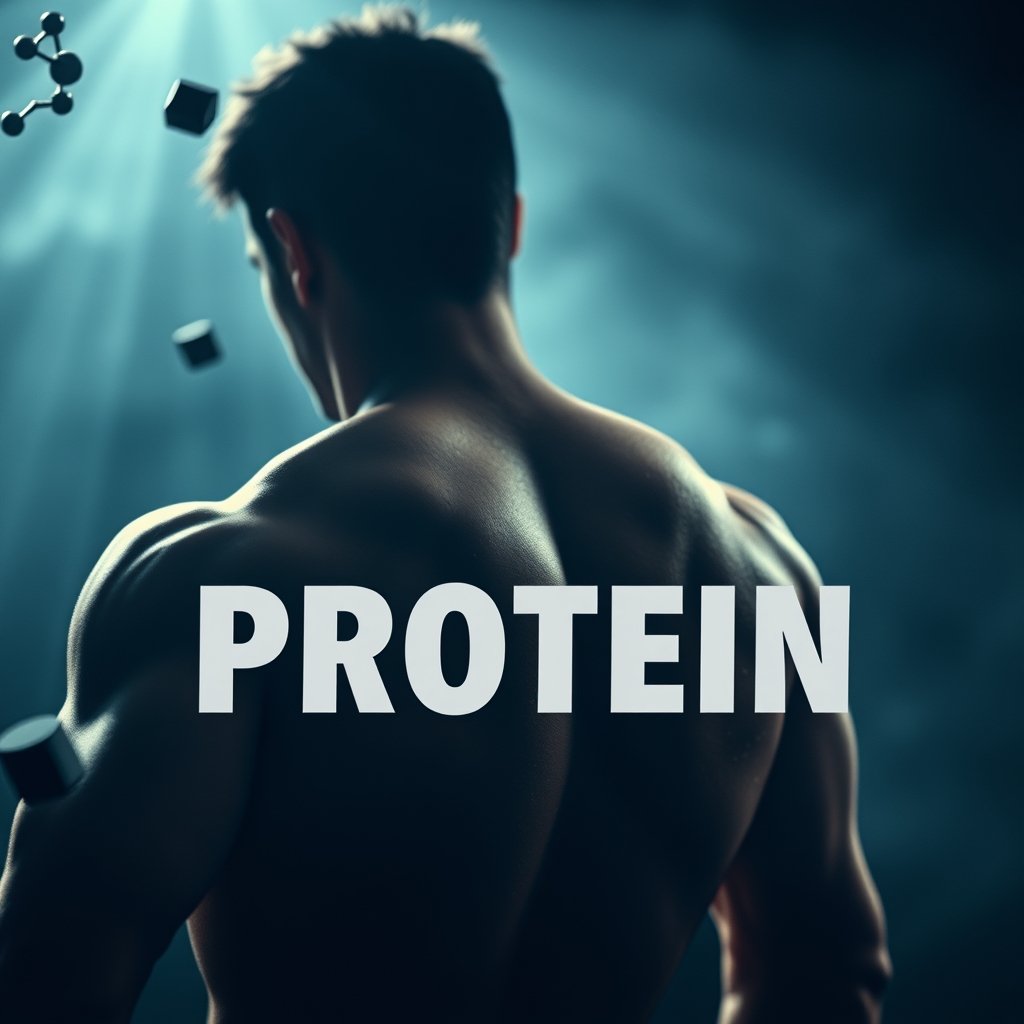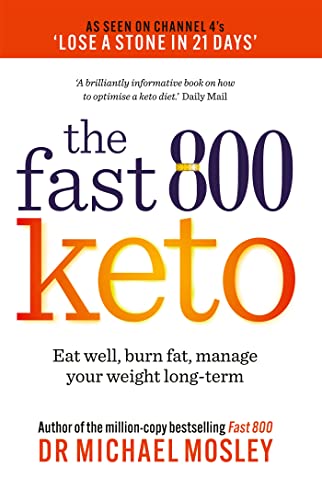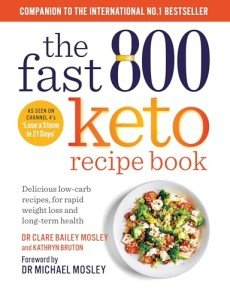Understanding Ketosis A Guide to Effective Weight Loss through Ketogenic Diet
In their quest to shed excess weight, many individuals turn to various diets and weight-loss methods. One approach that has gained significant attention is the ketogenic diet, which leverages the metabolic state of ketosis. This article aims to provide a thorough understanding of what ketosis is and how it can aid in weight loss. By adopting a ketogenic diet and entering ketosis, individuals can optimize their journey towards achieving their weight-loss goals.
4.27 out of 5 starsKeto Diet: Transform Your Body and Mind
Unlock the key to holistic transformation with our Keto Diet, redefining both your body and mind
Product information
Product Review Score
Product links
I. What is ketosis?
Ketosis is a metabolic state in which the body predominantly relies on ketones, a byproduct of fat breakdown, for energy instead of glucose derived from carbohydrates. By significantly reducing carbohydrate intake and moderately increasing fat consumption, the body undergoes a shift in fuel utilization, leading to the production of ketones.
II. How Ketosis Works for Weight Loss:
Fat Adaptation: By restricting carbohydrate intake, the body is compelled to tap into its fat reserves to meet its energy needs. This process promotes fat adaptation, enabling the body to efficiently burn stored fat, ultimately leading to weight loss.
Appetite Suppression: Ketogenic diets often include higher protein and fat content, which aids in keeping individuals satiated for longer periods. By curbing hunger pangs and reducing caloric intake, ketosis indirectly supports weight loss efforts.
Enhanced Fat Burning: The primary advantage of entering ketosis is the increased ability to burn fat. As the body relies on ketones as its primary energy source, it efficiently breaks down stored fat for fuel, resulting in accelerated fat loss.

III. Achieving Ketosis
Low-Carb Diet: To induce ketosis, individuals must restrict their carbohydrate intake to approximately 20-50 grams per day. This reduction in carbs forces the body to deplete its glycogen stores, triggering ketone production
Moderate Protein Intake: Consuming an adequate but controlled amount of protein is crucial for maintaining muscle mass while in ketosis. Excessive protein intake can be converted into glucose, potentially hindering the body's transition into ketosis.
High Healthy Fat Intake: The cornerstone of a ketogenic diet is the consumption of healthy fats. These include avocados, nuts and seeds, olive oil, and coconut oil. These fats provide the necessary energy and promote ketone production.
IV. Potential Benefits and Considerations:
Weight Loss: Entering and maintaining ketosis can accelerate weight loss due to increased fat burning and appetite suppression.
Improved Insulin Sensitivity: Ketogenic diets may enhance insulin sensitivity, potentially benefiting individuals with insulin resistance or type 2 diabetes.
Nutritional Adequacy: It is crucial to ensure a well-balanced ketogenic diet by including a variety of nutrient-dense foods to prevent micronutrient deficiencies.
Adaptation Period: The body may require an adjustment period when transitioning into ketosis, often called the "keto flu." Symptoms can include fatigue, irritability, and brain fog but typically resolve within a few days.
Conclusion:
Ketosis is a metabolic state achieved through a well-formulated ketogenic diet, which proves effective for weight loss. By reducing carbohydrate intake and increasing healthy fats, individuals can optimize fat burning and benefit from additional health advantages. While ketosis can be a highly effective weight-loss tool, it is always advisable to consult a healthcare professional before embarking on any significant dietary changes.
Take the quiz to find out and get your own personal keto plan
Unlocking Weight Loss The Power Of Exercise:











